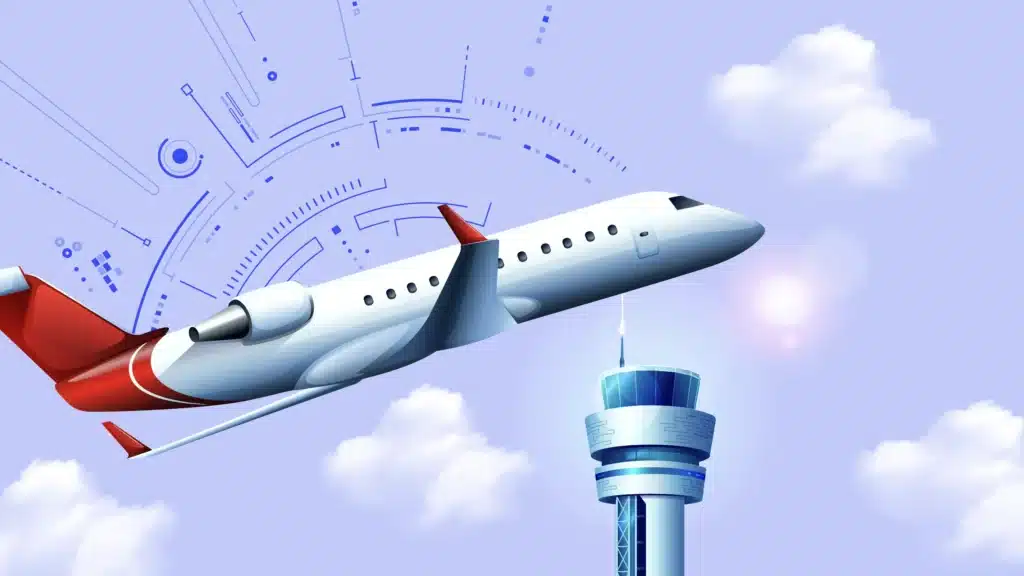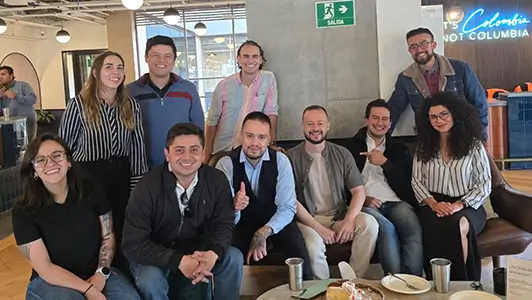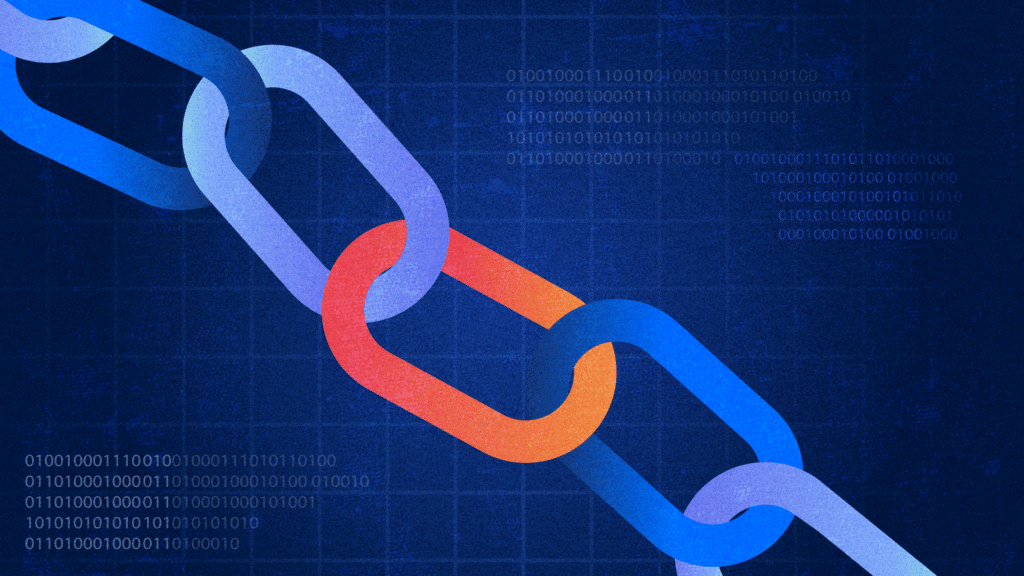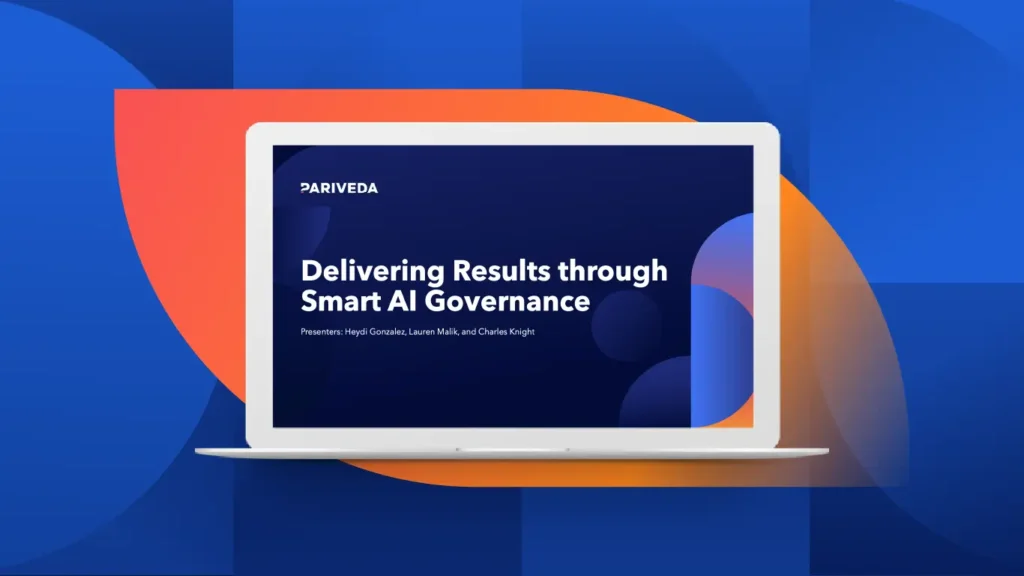Introduction
The technological landscape is accelerating its velocity, and organizations are at a critical juncture. The rising push for integrating advanced technologies in our daily work and lives, particularly artificial intelligence (AI), is transforming how work is performed and how workforces can participate and contribute. As this transformation unfolds, organizations are challenged to evolve their workforce strategies by realigning roles, rethinking the employee experience, and integrating AI in ways that enhance both performance and engagement.
On the cusp of reinvention
AI is dramatically accelerating investments in technology and digital transformation, creating an opportunity to reinvent how organizations sell and deliver. By 2027, digital transformation spending is expected to reach $2.7 trillion, reflecting the massive scale of this shift. AI’s market size itself is projected to grow from $327.5 billion in 2021 to $1.5 trillion by 2030. The Internet of Things (IoT) is also set to play a crucial role, with annual revenue expected to reach $1.1 trillion by 2033.
However, the adoption of these technologies is not without its challenges. Despite the potential benefits, there is still a significant gap in AI adoption, with only 19% of workers currently using AI. This gap highlights the need for organizations to not only invest in technology but also ensure its effective implementation and adoption.
Multiple workforce challenges
As technology advances, the workforce ecosystem is becoming increasingly complex. Organizations are grappling with several challenges that impact workforce performance and engagement:
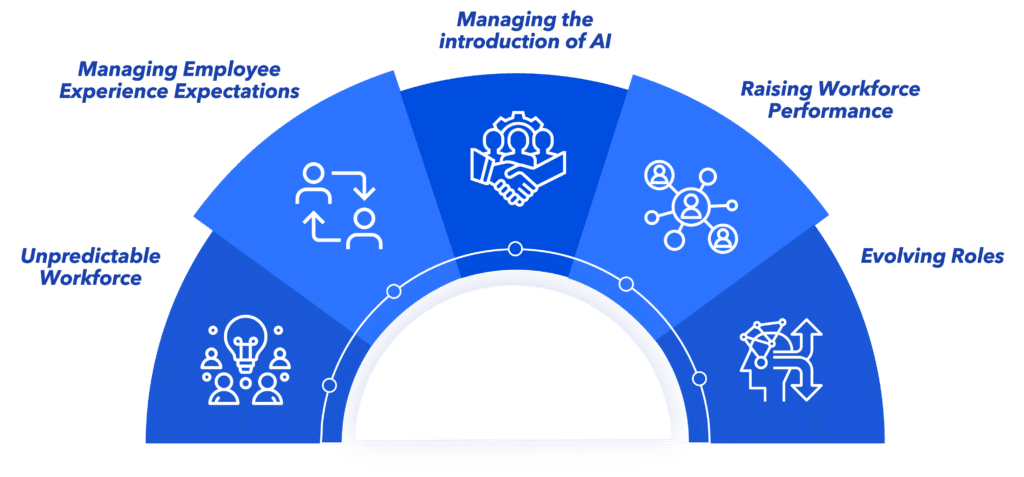
- Unpredictable workforce dynamics: The workforce landscape is often characterized by lower tenure in a volatile job market, an increasingly fragile employer/employee relationship and rising worker isolation and workplace well-being challenges. This unpredictability makes it more difficult for organizations to manage and retain talent effectively.
- Managing employee experience expectations: Employees are seeking enhanced experiences, better tools, and more meaningful interactions with technology, through increased personalization and ease of use. Meeting these expectations is crucial for maximizing return on investment (ROI) and improving employee satisfaction.
- AI introduction: While AI offers significant opportunities, its integration into the workforce must be managed carefully to ensure it enhances rather than disrupts work processes.
- Raising expectations for workforce performance: Work delivery keeps accelerating but cannot scale with better workforce performance.
- Evolving roles: Technological advancements are pushing the reorganization of work away from transactional tasks towards more insightful and strategic roles. This shift requires organizations to adapt and realign their workforce to meet new demands.
The drive to further empower workforces
AI is a major catalyst for change, offering a generational opportunity to reinvent work. However, for AI to be truly successful and sustainable, it must be engaged holistically and integrated with the workforce. There is no “silver bullet” solution; instead, a combination of enhanced technology, higher quality experiences, and increased workforce engagement is needed to achieve higher performance.
- Realigned and more productive roles: By optimizing and realigning roles, organizations can drive higher performance and employee engagement. This involves assessing current roles, identifying inefficiencies, and redesigning roles to better align with organizational objectives and technological advancements.
- AI as catalyst and accelerator: AI can significantly enhance workforce performance by simplifying processes, improving decision-making, and enabling more intuitive and productive work. But it’s as a catalyst and driver of better experience that AI can play its most effective role, not simply as an automation tool.
- Optimized employee experience: Enhancing the employee experience is crucial for driving technology adoption and maximizing ROI. This involves redesigning the employee journey, addressing workforce needs, and ensuring that technology solutions are user-friendly and aligned with employee expectations.
- Higher tech adoption and productivity: To fully leverage the benefits of new technologies, organizations can revisit how to boost overall ease-of-use, adoption and productivity. This includes providing the necessary training, support, and resources to ensure that employees can effectively use new tools and technologies.
Exploring different paths to reinvention
Based on their situation, organizations can explore and combine different paths towards empowering their workforce and reimagining work:
- Employee experience roadmapping: Journey mapping the employee experience (as we do for customers) can help identify and address specific workforce challenges. Using a workforce-centric approach, organizations can make informed decisions on workforce-related investments and priorities.
- Rapid role realignment: By optimizing and aligning workforce roles and leveraging targeted technology solutions, organizations can create more fulfilling, engaging and high-performing jobs that also simplify how work gets done in the enterprise. This involves assessing current roles, identifying and prioritizing opportunities for reinvention, and developing a roadmap for implementing reinvented or new roles with the necessary technology and support.
- Enabling the superworker: Focusing on the core activities of a critical workforce, organizations can drive higher productivity and performance through process and technology simplification, engaging AI agents, and upskilling their teams. This approach aims to empower workers and enhance their ability to perform at a higher level, while also achieving a higher level of engagement.
- Boosting adoption and ROI: Enhancing the user experience of technology solutions is crucial for driving higher adoption and ROI. This involves assessing current technology solutions, identifying gaps, and implementing improvements to reduce work friction and increase user agency and satisfaction.
- Reimagining team performance with AI: By leveraging AI across a set of activities performed by a team, organizations can identify performance gaps and opportunities for improvement. This involves conducting a rapid assessment of team performance, identifying where AI can drive simplification and acceleration, and developing a roadmap for targeted AI investments.
What empowered workforces can achieve
The integration of advanced technologies, particularly AI, is transforming the workforce and how work is done. While this transformation presents significant opportunities, it also brings challenges that organizations must navigate strategically. By empowering the workforce through realigned roles, enhanced employee experiences, strategic AI integration, and by engaging their workforces in the journey, organizations can achieve higher performance and engagement.








